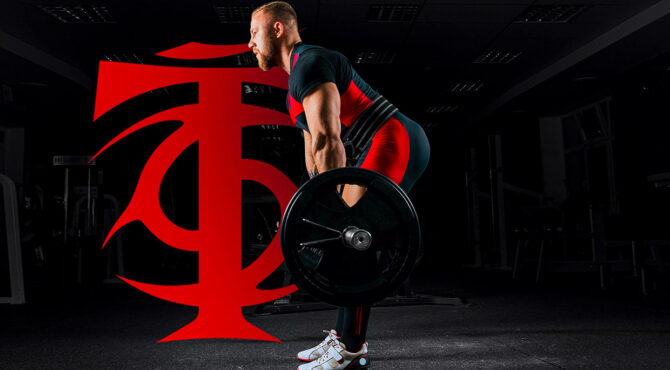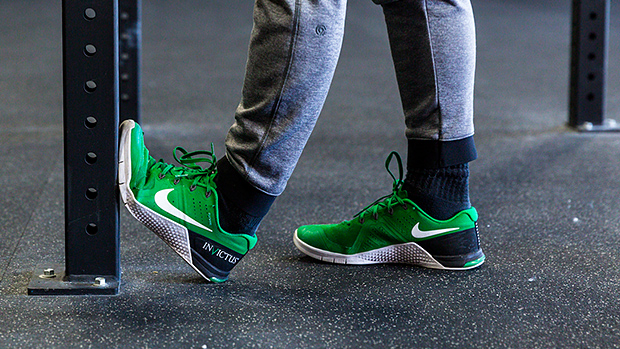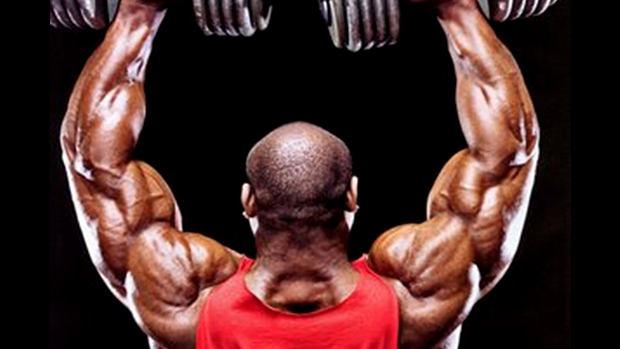The Deadlift: Drop It or Lower Under Control?
Fitness experts and even strength coaches normally recommend controlling or even accentuating the eccentric (lowering) phase of every exercise... except the deadlift. Many even recommend dropping the bar at the top, which completely leaves the eccentric out of the deadlift. Is this a good recommendation?

Typically they'll say controlling the bar as it returns to the floor is dangerous and can lead to injuries. Or these coaches say that people can't maintain proper form on the way down.
That doesn't make much sense, though. We're stronger eccentrically than concentrically. Depending on the person and the exercise, we can be anywhere from 10 to 50% stronger during the eccentric portion of a lift. As such, lowering the bar ought to be less dangerous than lifting it.
The only reason why it would potentially be dangerous is if you do it with poor mechanics. But that's due to poor coaching, not because lowering a deadlift is inherently riskier than lifting it.

It is possible to injure yourself during the lowering portion of a deadlift. Where do most people go wrong? They lower the bar without doing the hip hinge action – pushing the hips back.
They may also try to squat down first. In this case, the knees move forward and get in the way of the bar. This forces you to shift the bar forward to pass the knees and get the bar to the floor. That also increases lower back stress.
Lastly, some lifters try to lower the bar only by bending at the waist. Without moving the hips back, they'll round the lower back, which further increases the risk of injury.
If the eccentric phase of the deadlift is done properly, it's no more dangerous than lifting the bar. In fact, it's less dangerous.
The lowering portion of the deadlift should be done the same way as a properly performed concentric: in two phases.
First, you lower the bar from the finish position to just below the knees, exactly as if you were doing a Romanian deadlift. This means pushing your hips and knees back as the bar slides down your thighs. Getting the bar past the knees should be easy since, by the time the bar reaches the knees, they've been pushed back out of the way, and the tibias are perpendicular to the floor.
Next, you switch to a squat. Simply keep bending the knees while your torso is at a fixed angle, then bring the bar to the floor.

At the very least, lower the bar under control just like you would for every other non-ballistic lift. As for accentuating or over-emphasizing the eccentric (via a slow lowering phase of 4-8 seconds), that depends on your goal and training system.
My Omni-Contraction Training System (OCTS) includes 25-33% of its volume in the form of accentuated eccentrics. You need every contraction type if you want to be strong in all of them since they all rely on different motor patterns.
Being very strong eccentrically reduces the risk of injuries. Athletes with a higher eccentric-to-concentric ratio are less likely to suffer musculoskeletal injuries.
Becoming stronger eccentrically also increases your potential for concentric gains. Eccentrics strengthen tendons, desensitize the Golgi Tendon Organs and also have a positive impact on motor learning through a greater activation of the motor cortex.
So yes, try accentuating the eccentric in the deadlift. But first, make sure you know the proper way to lower the bar back down.





